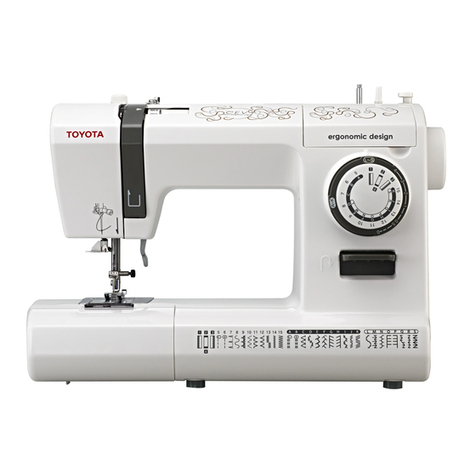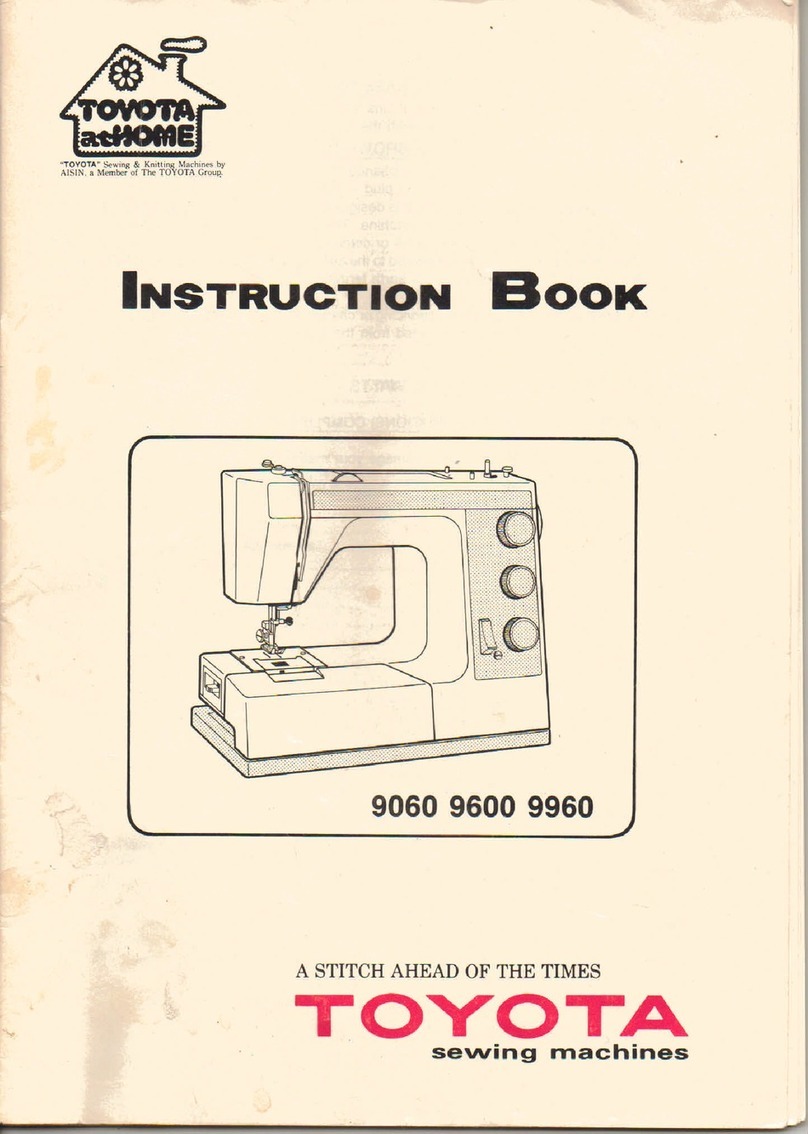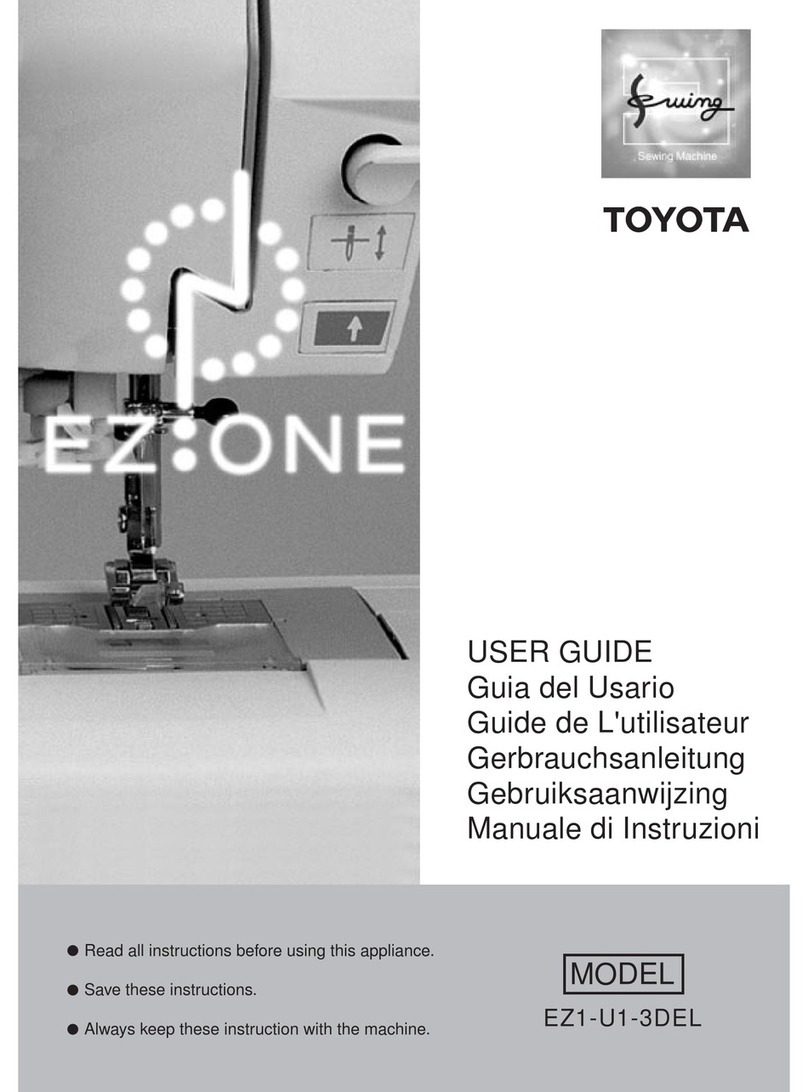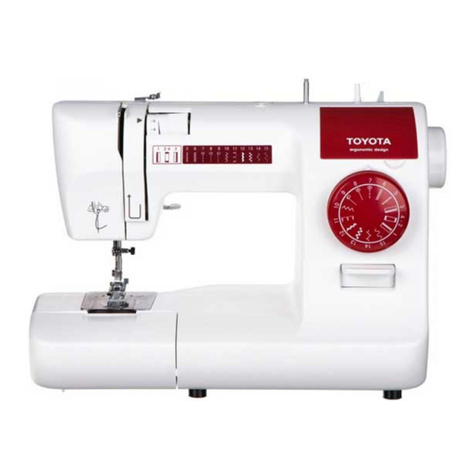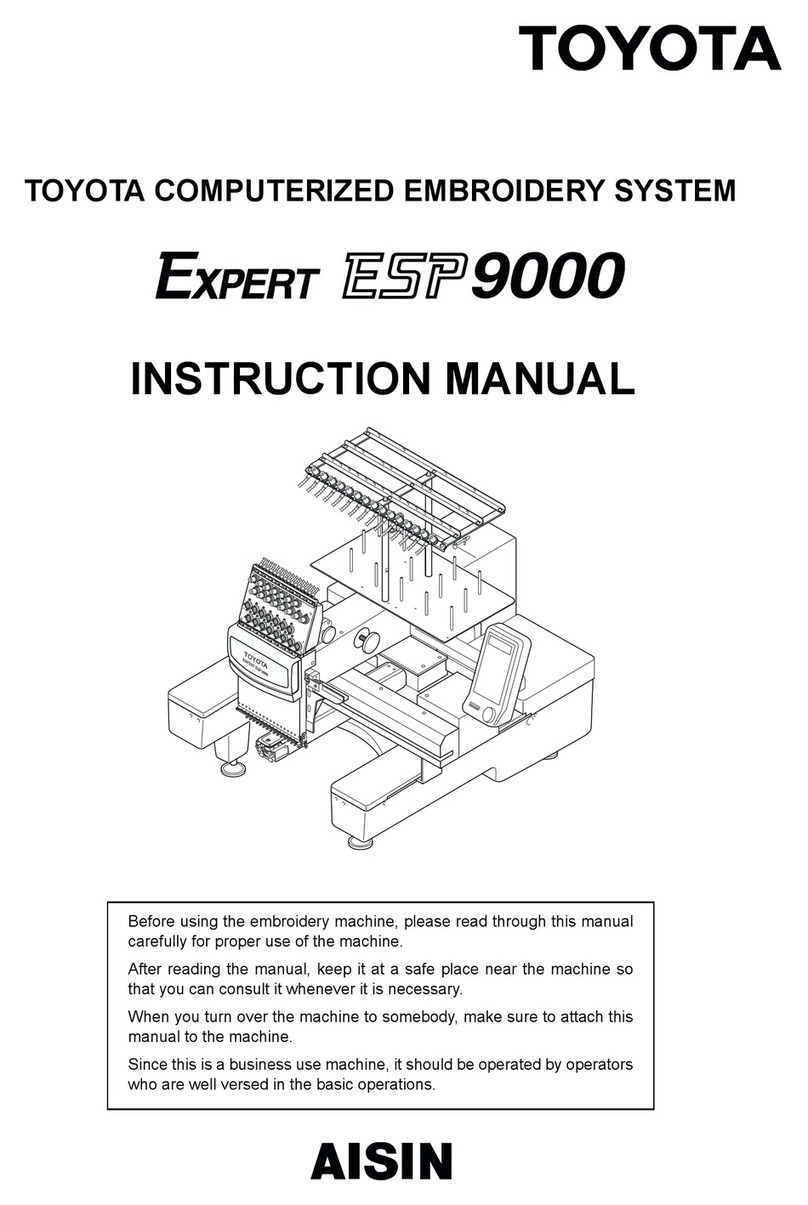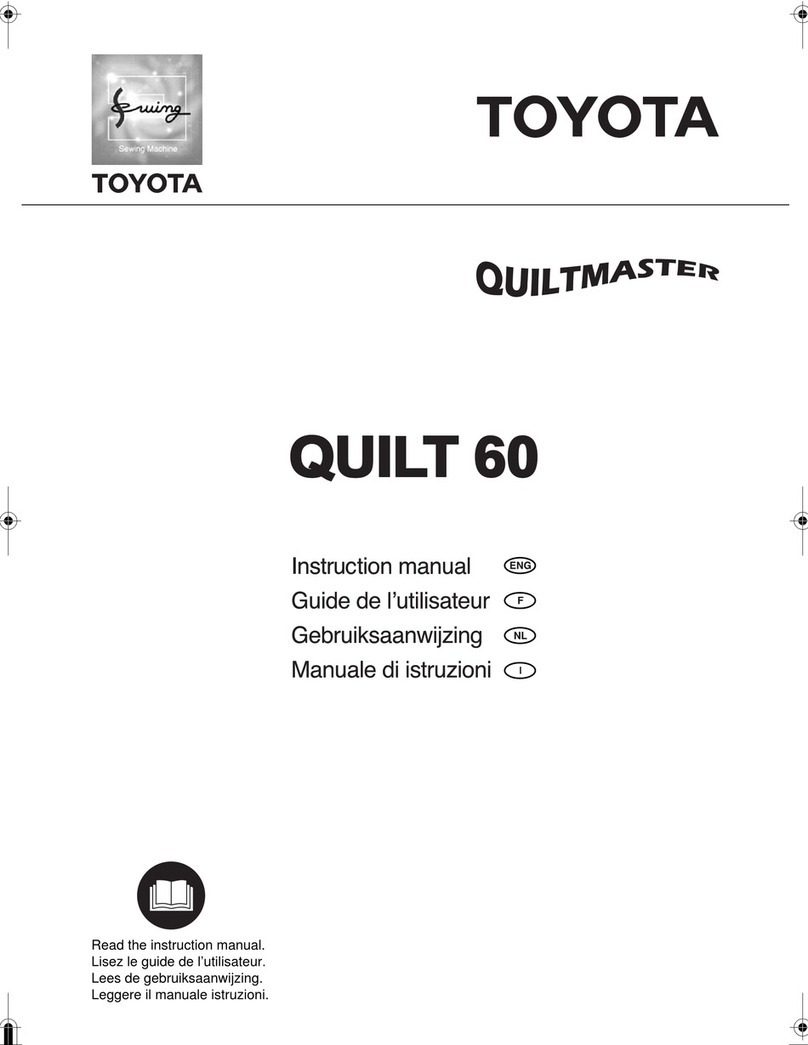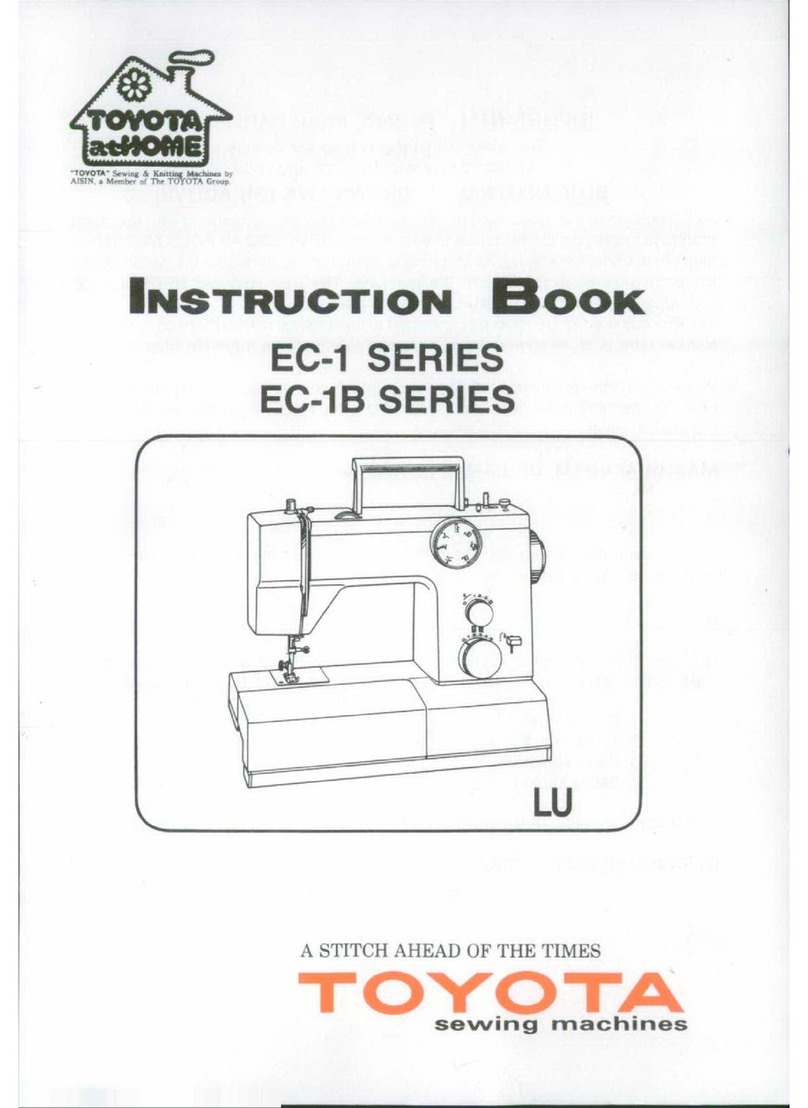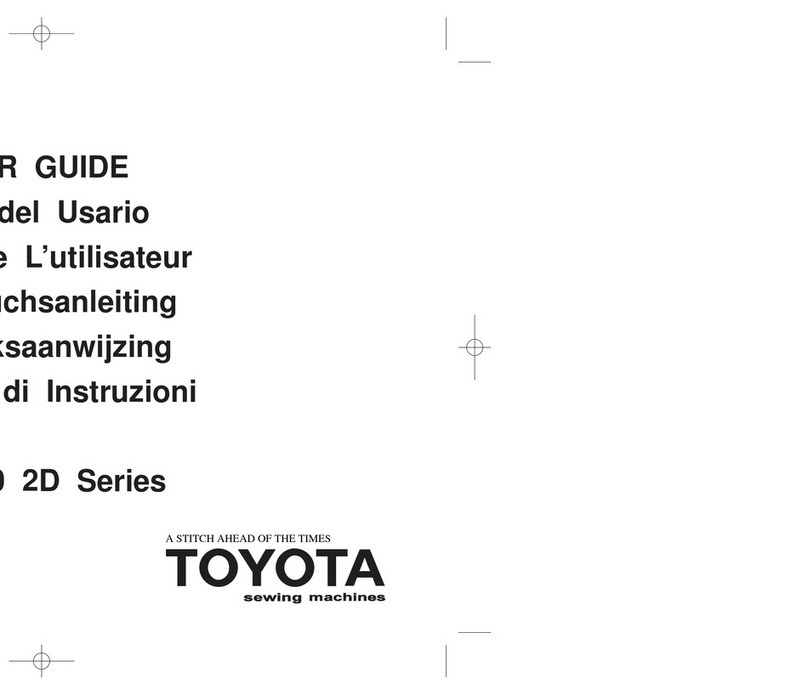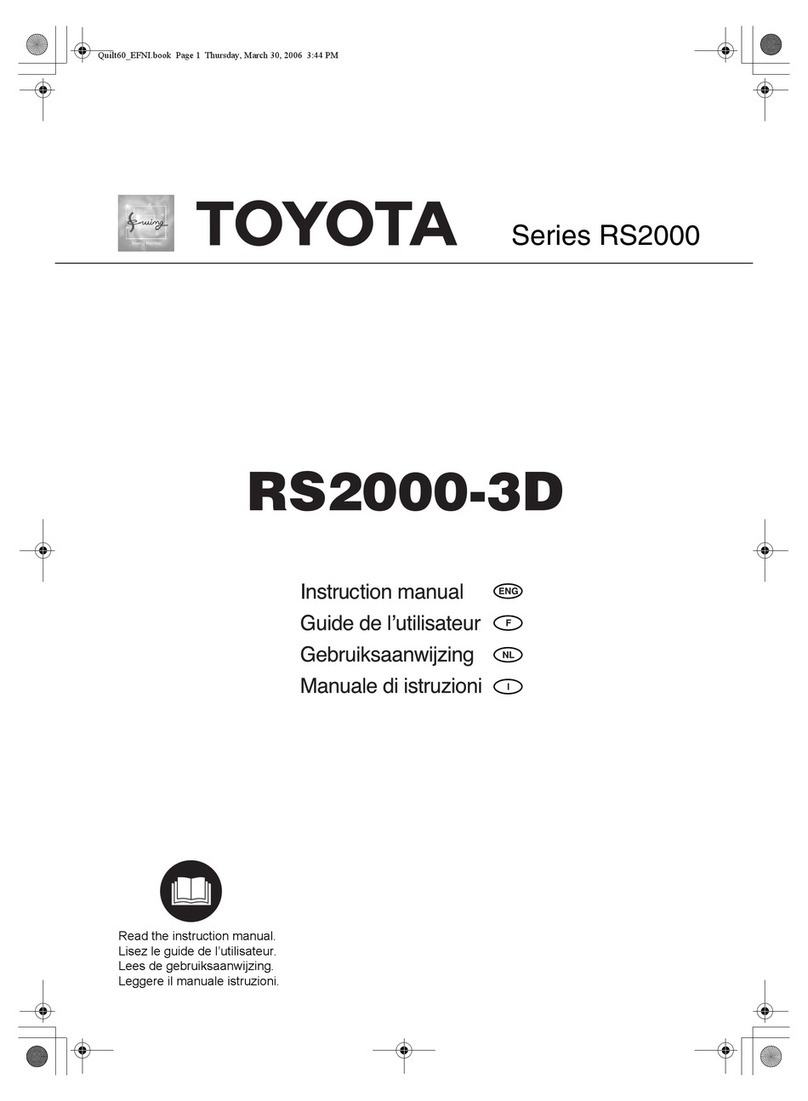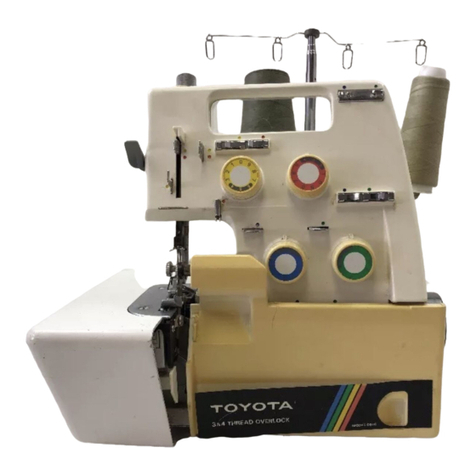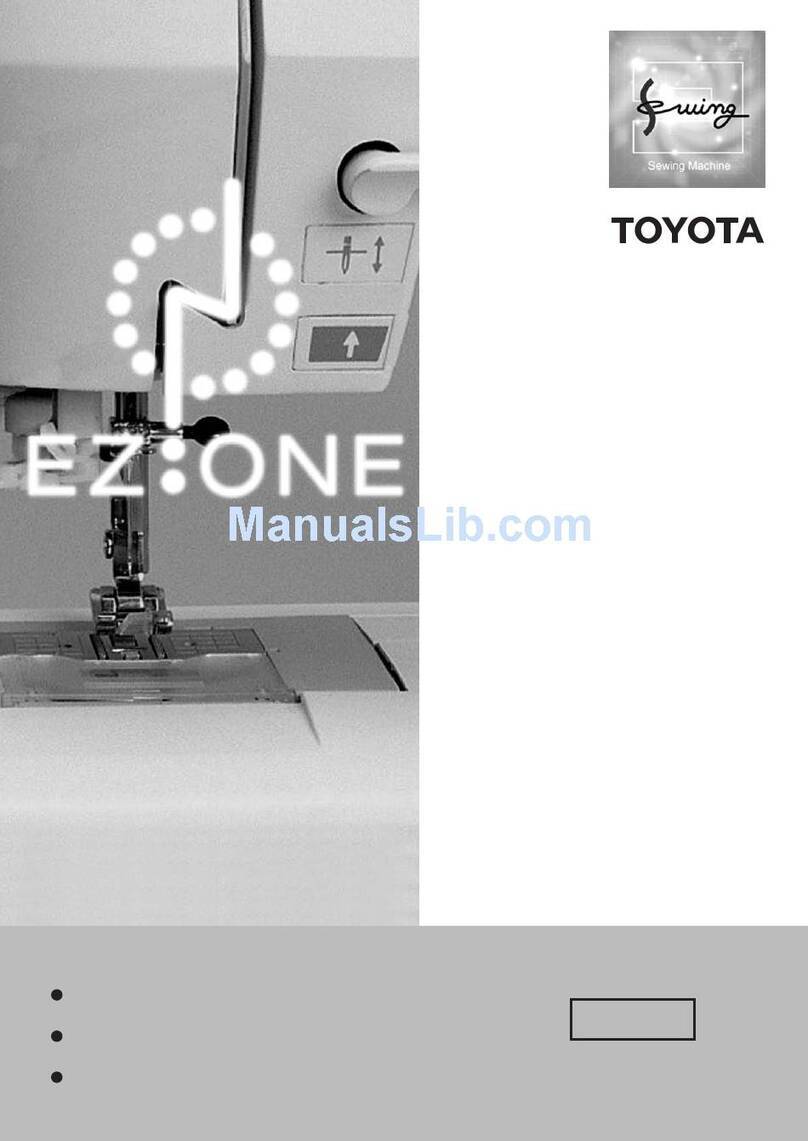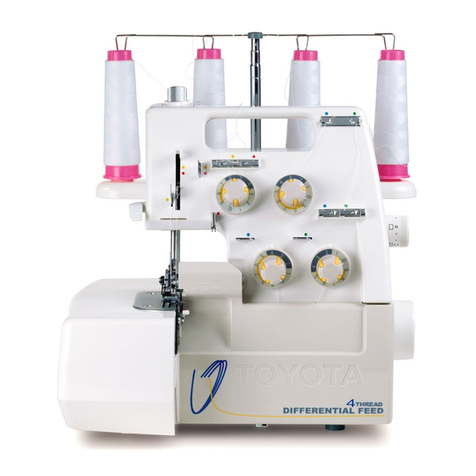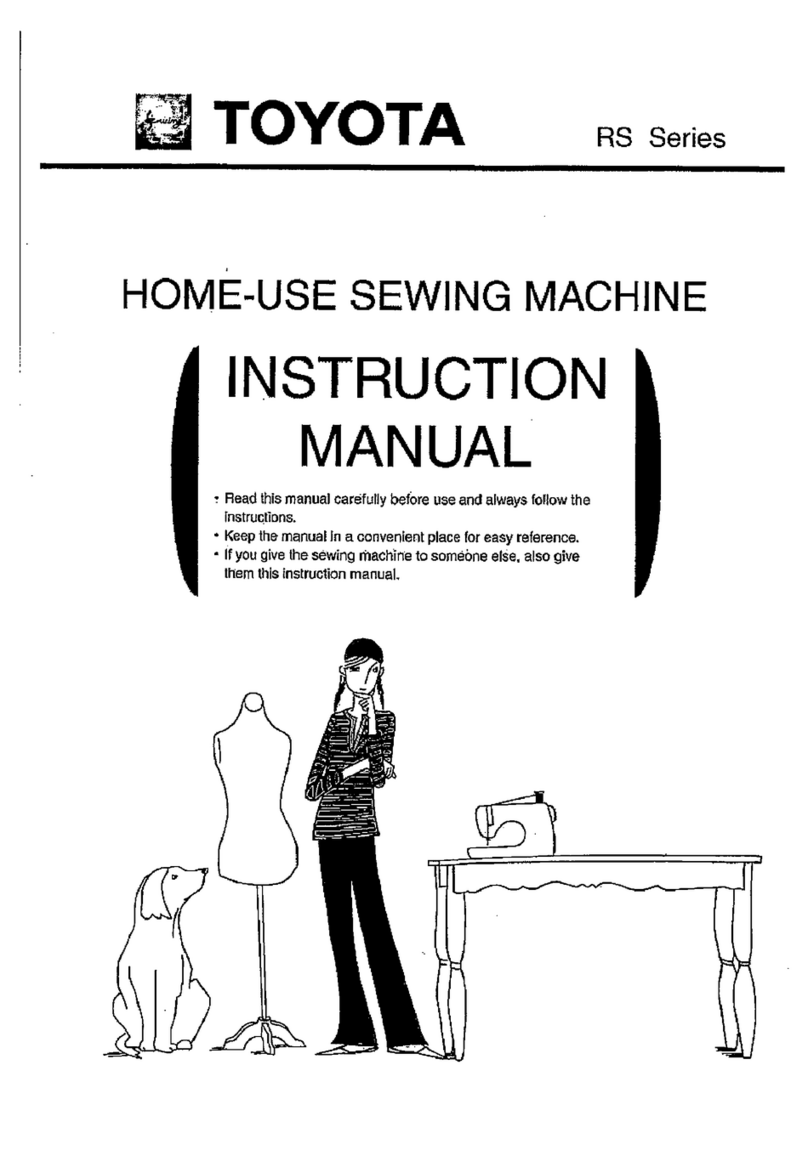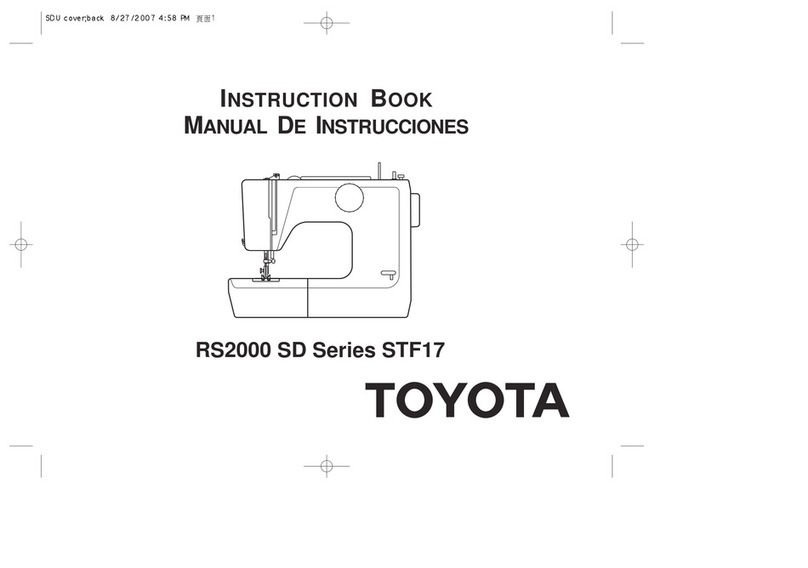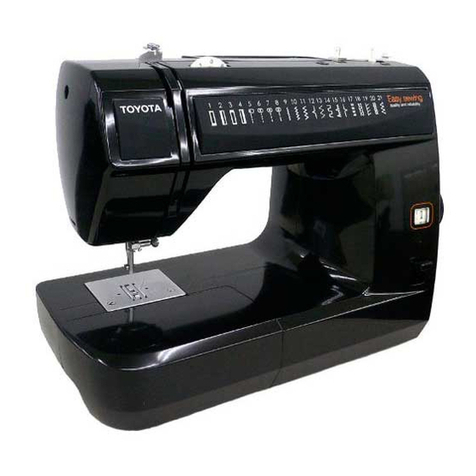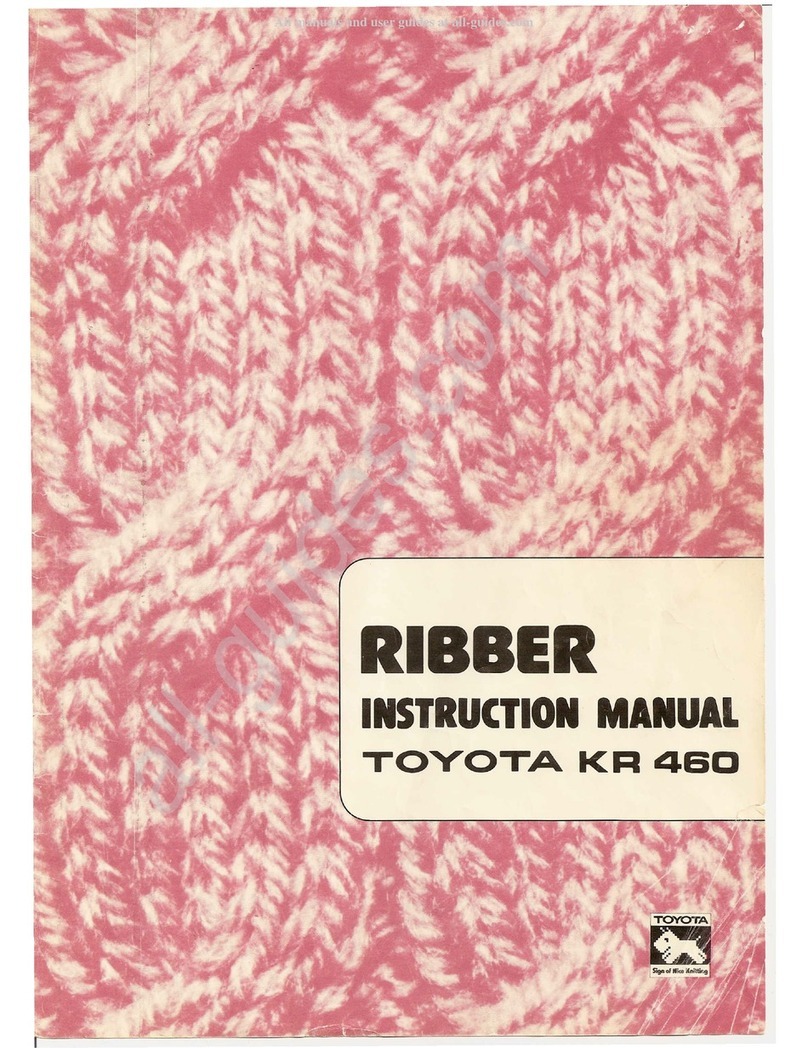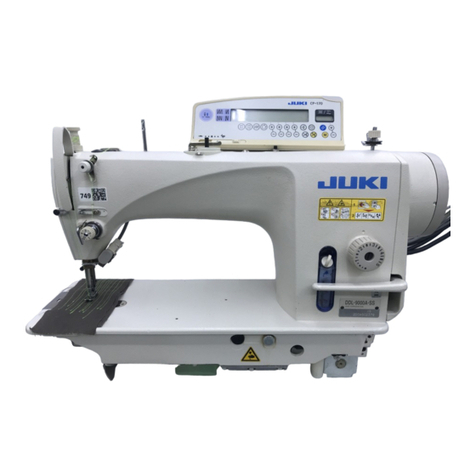
1 -1
CONTENTS
1. BEFORE USE........................................................................................ 2
1. Important Safety Instructions......................................................................... 2
2. How to Change the Power Plug .................................................................... 4
2. NAMES OF PARTS............................................................................... 5
3. PREPARATION FOR SEWING............................................................. 6
1. Connecting Power Cord ................................................................................ 6
2. Setting Telescopic Thread Stand .................................................................. 7
3. Opening the Front Cover and Side Cover ..................................................... 7
4. Turning the Moveable Cutter to the Non-operating Position ......................... 8
5. How to Change Threads................................................................................ 8
6. Replacing Needles ........................................................................................ 9
7. Changing the Presser Feet.......................................................................... 10
8. Setting Waste Tray...................................................................................... 10
9. Threading .................................................................................................... 11
10. Preparation for Sewing and Checking......................................................... 14
4. FOUR THREAD OVEREDGING STITCH USING 2 NEEDLES .......... 15
1. Before Sewing ............................................................................................. 15
2. Presser Foot Lever...................................................................................... 15
3. Beginning and Ending of Sewing................................................................. 15
4. Adjustment of the Presser Foot Pressure.................................................... 16
5. Thread Tension Adjustment ........................................................................ 17
6. Adjustments for the Differential Feed Ratio................................................. 19
7. Adjustments for Size of Bight ...................................................................... 20
8. How to Adjust Stitch Length ........................................................................ 21
9. Sewing for Curved Seams........................................................................... 21
10. Corded Overlock ......................................................................................... 22
5. THREE THREAD OVEREDGING STITCH USING ONE NEEDLE..... 23
6. HOW TO ROLL HEM........................................................................... 24
7. REPLACING THE UPPER/LOWER CUTTERS .................................. 25
8. CHANGING THE LIGHT BULB ........................................................... 26
9. MAINTENANCE................................................................................... 27
10. TABLE OF SEWING MATERIALS, NEEDLES AND THREAD ........... 28
11. ACCESSORIES ................................................................................... 29
12. SPECIFICATIONS ............................................................................... 30
13. TROUBLE SHOOTING........................................................................ 31
14. SERVICING ......................................................................................... 32
15. RECYCLING ........................................................................................ 33
